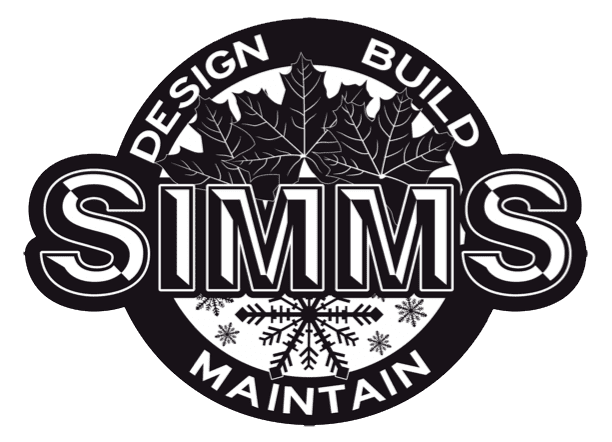Before work starts, a professional landscaper should walk the site with you and flag vulnerable areas. Common protections include plywood or heavy tarps over windows near cutting, trenching, or chipping; padded ladder standoffs; and temporary barriers when spraying fertilizers or herbicides. Around siding and foundations, crews should control runoff and rinse dust promptly. In Salt Lake and Davis Counties, wind can carry debris—ask for wind-day protocols. Expect written notes in the proposal about property protection, daily cleanup, and who is responsible for incidental damage. Clear pre-job photos, protective coverings, and a named point of contact keep your home safe and give you recourse if something goes wrong.
How will a landscaper protect my windows and siding during work?
Related FAQs
-
Could a landscape company scam me?
Unfortunately, yes—like in any industry, there are companies in Utah that cut corners or take advantage of homeowners. The best…
-
Am I being too picky—or not picky enough—with a landscape company?
The key is knowing what matters most. You should be strict on essentials like licensing, insurance, and written contracts that…
-
What if a landscape contractor hits a gas line or fiber-optic cable?
Utility locating is mandatory. The contractor should call 811 before digging and wait for markings. If a line is struck,…
